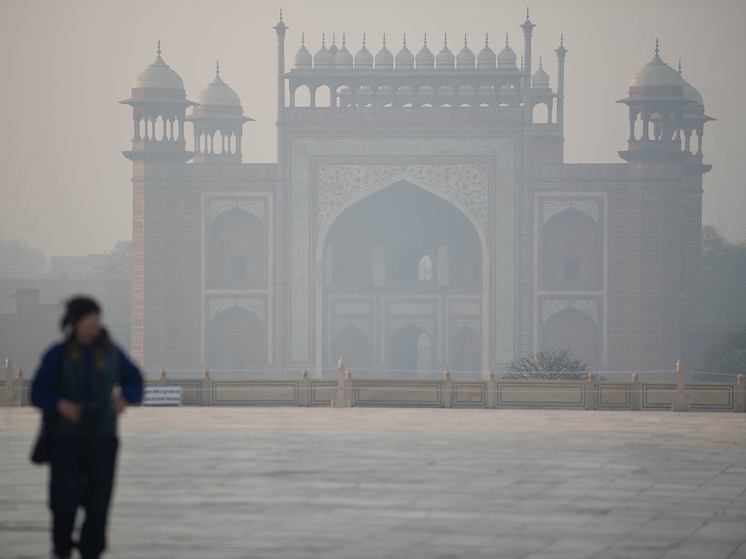People living in low-income countries are at risk
Extreme heat and cold are associated with an increased risk of death from ischemic and hemorrhagic stroke, according to a new study from the Harvard School of Public Health .

Researchers found that the association between extreme temperatures and stroke mortality was stronger in low-income countries than in high-income countries.
“Our results are another step towards understanding the impact of climate change on the development of stroke,” said scientist Barrak Alahmad. He pointed out that as temperatures become more extreme, the number of fatal strokes is projected to increase.
Previous studies examining the relationship between extreme temperatures and mortality have produced mixed or inconclusive results. Most studies were limited to single cities or countries, mostly high-income, and few distinguished between stroke subtypes.
To address these gaps, researchers used the Multi-City Network to create a multinational, multiregional database of ischemic and hemorrhagic stroke mortality. The database consisted of more than 3.4 million deaths from ischemic stroke and more than 2.4 million deaths from hemorrhagic stroke recorded between 1979 and 2019 in 522 cities in 25 countries.
A new analysis found that for every 1,000 stroke deaths, about 11 were attributed to extreme cold or hot days. Of these 11 deaths, the coldest and hottest 2.5 percent of days accounted for 9.1 and 2.2 deaths, respectively.
The study also found that low-income countries have a higher mortality rate from heat-related hemorrhagic stroke than high-income countries. The study found no relationship between countries' gross domestic product and the risk of death from temperature-related ischemic stroke.
The researchers suggested that these differences could be explained by improved indoor temperature control systems and lower levels of outdoor work in high-income countries, as well as lower quality of health care in low-income countries. They noted that further research is needed to identify the reasons for the higher temperature-related mortality from hemorrhagic stroke in low-income countries and to identify useful interventions.
Limitations of the study were that it was limited in geographic coverage—rural areas and countries in South Asia, Africa, and the Middle East were underrepresented—and in that individual-level demographics were not examined. Additionally, the study focused only on stroke mortality; more research into the incidence of non-fatal strokes would provide a better understanding of the actual impact of temperature and strokes.
“We encourage the stroke community to invest more in this research , especially as climate change continues to worsen, and shed a brighter light on new environmental risk factors that will make strokes—already a significant cause of death worldwide—even more deadly,” Alahmad concluded.


























































Свежие комментарии